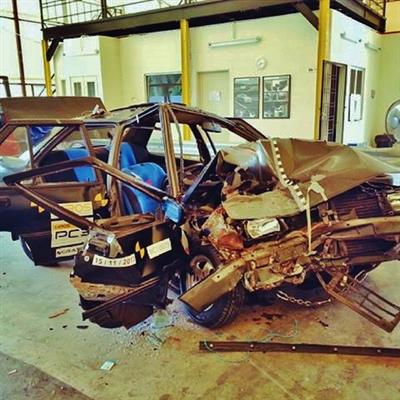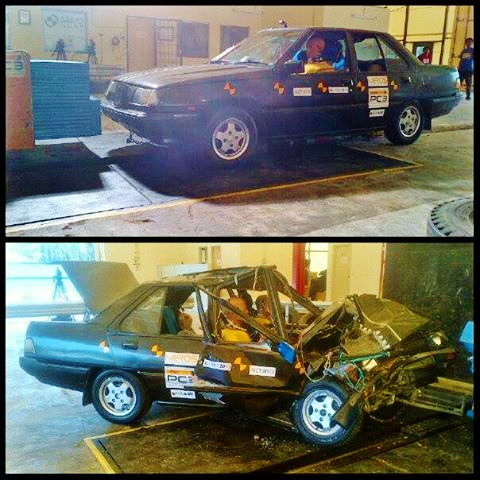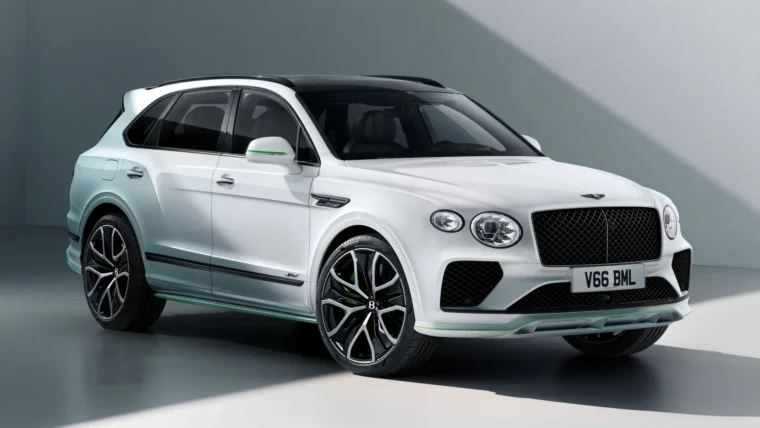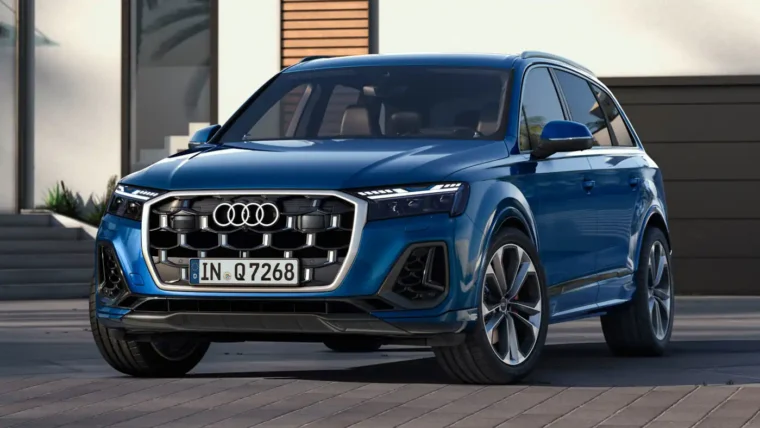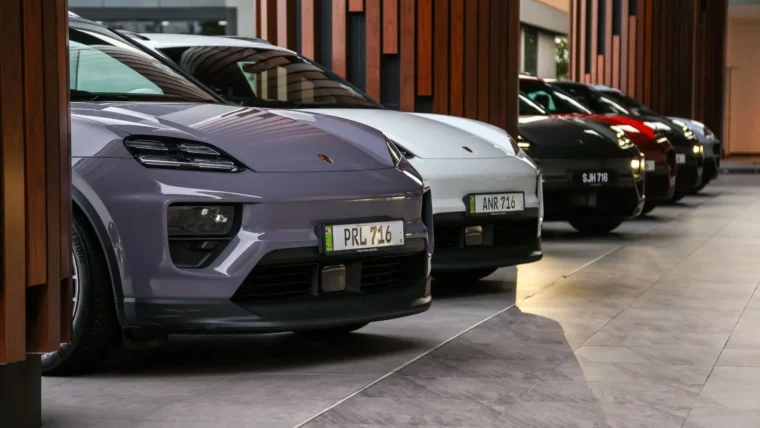The name, Prof Dr Wong Shaw Voon, should now be familiar to many Malaysian motorists after Prof Wong made a controversial recommendation that cars more than 12 years old are not safe on our roads. Following that, a recent report from media revealed even more disturbing news that a possible 12 year cap of cars could be implemented someday, which means everyone who drives cars above that age would need to drive their vehicles to a scrapyard so that you can live another day in a newer car on the road.
“There is a higher risk of death in an accident because such a car could be faulty without the driver being aware of it. Most cars are designed or manufactured to function optimally for five to 12 years. Many owners are unaware that after this time-frame, automobiles are exposed to mechanical risks,” as quoted from Dr Wong.
That statement was made after the conclusion of a frontal collision test done by the Malaysian Institute of Road Safety Research (Miros) on a 1990 Proton Saga sedan car. Mind you, that Proton Saga was made based on Japanese car technologies of the 80’s, in which safety features can be best described as wanting at best.
However, can you see something is very wrong here? To begin with, it’s questionable why Dr Wong chose a 23-year old car to prove that cars half that Proton Saga’s age are not safe. The 1990 the Proton Saga was built based on the 80’s Mitsubishi Lancer Fiore. To be fair, if a car manufactured in 2001 was chosen, the outcome would be more meaningful. From that perspective, a 2001 Proton Waja would be a more interesting crash-test choice.
I believe a research result should be made not with just one single sample, but rather a variety; from the Toyota Corolla Altis and Honda Civic to represent Japanese cars, and BMW 3 series E46 to represent continental cars, should be conducted as many were built and manufactured based on variable types of technologies, and to a certain extent, budget as well. Reputational crash regulators like EURO NCAP conduct and rate vehicles based on a variety of car categories, from passenger cars, MPVs, Off Roaders and so on.
Unfortunately what MIROS did was to conclude that all cars above the age of 12 are not worthy or safe based on the crash result from a 23 year old passenger car with 80’s technologies, and that’s downright ludicrous.
If MIROS suggested that driving an old jalopy is not safe on our roads, how about the streak of road accidents that have occurred with cars below 12 years? This year alone, we have been baffled with news of young lives lost in well-engineered super cars like the Porsche 911 in Penang and two Nissan GTRs in Pahang, and these cars are not even aged more than 5 years. In fact, even the expertise of car engineering from Germany and Japan was able to save those lives, if the drivers of those cars are reckless. See the point?
A driver in a 15 year old Perodua Kancil is still a safer driver than a reckless driver in a 2012 Perodua Viva, provided the Kancil driver practices road courtesy, obeys the rules and follows regular maintenance. Driver’s education in Malaysia needs serious amendments rather than having this silly car scraping policy.
Understandably, ordinary Malaysians in today’s economic climate couldn’t take this announcement well. After all, if the result from US automotive blog, Jalopnik, is accurate, our country is the second most expensive country in the world to buy a new car, and the recent financial reports that Malaysians have the highest household debt in Asia has added salt to the wound. That may force Malaysians to take on more debt to service new car loans, and at the current state of car loans spanning 9 years is already ridiculous.
Don’t even mention the current state of public transport in urban Malaysia. Therefore cars, which are already the second highest investment (more like a liability) every Malaysian has to make, is a necessary. On that basis, should a family man with three school going children from middle class Malaysia, who drives an 11-year old but reliable Honda Accord that has served his family well, needs to fork up another burdening loan on an already challenging financial situation just that someone on top decides all cars above 12 years are no road worthy? How nuts is that!
Even in the United States, a report from CNBC states that the average age of cars in the states has increased drastically from 9.9 years in 2006 to 11.4 years in 2013, with the study cited a number of factors including Americans driving their cars longer due to the slow recovery of the economy and the fact that older cars and trucks are more reliable. On that note, MIROS is very wrong on this and with our current state of economy and debt levels, it is very ill advised.
Point to ponder. An owner of the 1997 Mercedes S-Class, once a hallmark of automotive safety of its class, may need to trade for a newer Proton Saga SV. A retired teacher in Sekincan may think he needs to retire his old reliable faithful and get himself a motor cycle with his limited pension, which may endangered him on the roads. Used car dealers may face huge loses due to plunging resale values of used vehicles and may be forced to shut down their businesses.
Like many other classic car owners, an owner of a classic 1983 BMW 3 series E30, may be obliged to buy a new car, knowing that their old faithful which they spent much time and money on, will no longer be allowed to be driven on Malaysians roads, while his classic car friend and owner of the Austin Healey next door, has send his beloved Austin to the scrapyard.
These “doomsday” scenarios were of course all imagined if Putrajaya was considering imposing a vehicle end-of-life policy but no further details were laid out, perhaps until the middle of January 2014 when the revised and long delayed National Automotive Policy (NAP) will be officially announced. However, recently the government has announced it has put the brakes on the plan to impose a 12-year cap on the lifespan of cars after massive objections were heard. But yet again, we can’t confirm until the NAP is announced.
While a lifeline was thrown to Malaysia’s old car owners, we can’t be 100% sure if this idea is really ‘scrapped’ for good. Perhaps there’s a sigh of relief from proud classic car owners and those who firmly believe their aged cars performed better than modern cars. But hold that thought till the middle of January 2014 until the NAP is announced. Ando on that note, MIROS, seriously, what were you thinking?
Other posts by AF Newsdesk

